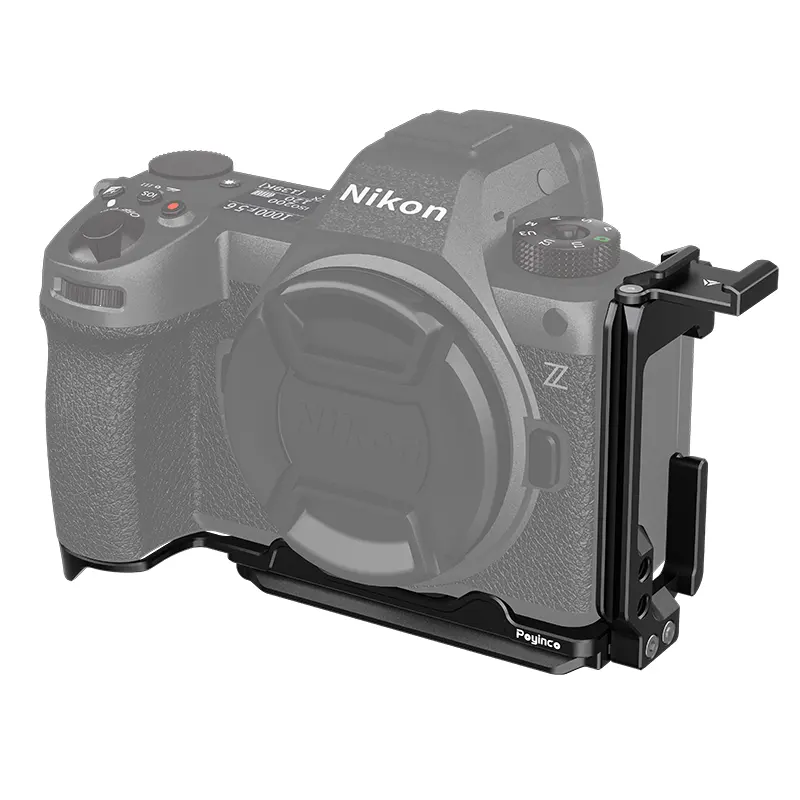

Time:2025-06-13 Views:1

Fast release plates (FRPs) are critical components in mechanical systems requiring rapid attachment/detachment, such as modular fixtures, robotic end-effectors, and automated assembly lines. Their ability to withstand eccentric loading—uneven force distribution is essential for ensuring operational safety and precision.
Mechanism of Eccentric Loading on FRPsEccentric loading occurs when the applied force’s line of action does not pass through the plate’s centroid, creating a moment that induces shear and bending stresses. For FRPs, this is particularly challenging due to their design emphasis on quick release, which often involves flexible locking mechanisms (e.g., spring-loaded pins, cam locks). Under eccentric loads, these mechanisms may experience:
Asymmetric Wear: Uneven stress distribution leads to faster degradation of locking interfaces, reducing repeatability and load capacity.
Lateral Displacement: The resultant moment can cause the plate to tilt, misaligning mating components and triggering positional errors in assembly processes.
Fatigue Failure: Repeated eccentric loading may induce micro-cracks in high-stress areas (e.g., hinge points, fastener holes), compromising structural integrity over time.
Design Strategies for Eccentric Loading Resistance
Structural Reinforcement:
Incorporate ribbed structures or cross-beams to stiffen the plate and distribute bending moments. For example, a grid-like rib pattern on the plate’s underside can increase its section modulus by 30–50%, reducing deflection under eccentric loads.
Use high-strength alloys (e.g., aluminum 7075, stainless steel 304) with improved yield strength (≥500 MPa for 7075-T6) and fatigue resistance. Surface treatments like shot peening can further enhance fatigue life by introducing compressive residual stresses.
Load Path Optimization:
Redesign locking mechanisms to align with the principal load direction. For instance, replacing single-point locking with dual locking points (spaced 180° apart) can reduce rotational moments by up to 60%.
Integrate self-aligning features, such as spherical washers or tapered guides, to automatically compensate for minor load eccentricities by allowing slight angular adjustments during engagement.
Dynamic Simulation and Testing:
Use finite element analysis (FEA) to model stress distributions under various eccentric loading scenarios. A case study on a robotic FRP showed that optimizing fastener spacing from 50 mm to 80 mm reduced maximum von Mises stress from 180 MPa to 120 MPa under a 500 N eccentric load.
Conduct cyclic loading tests using a universal testing machine, applying eccentric forces at different angles (0°–45°) and measuring displacement and wear. Standards like ISO 16883 for mechanical fasteners can guide test protocols.
Industrial ApplicationsIn automotive assembly lines, FRPs with enhanced eccentric loading resistance enable robots to securely grip irregularly shaped components (e.g., engine blocks) without misalignment. In aerospace, such plates are used in modular tooling for aircraft component repair, where off-center loads from heavy tools are common. By minimizing deformation, these designs ensure repeatable positioning accuracy (≤±0.1 mm), critical for maintaining product quality in high-precision industries.
Read recommendations:
underwater night photography equipment
Aluminum Alloy Camera Cage Video Camera Rig